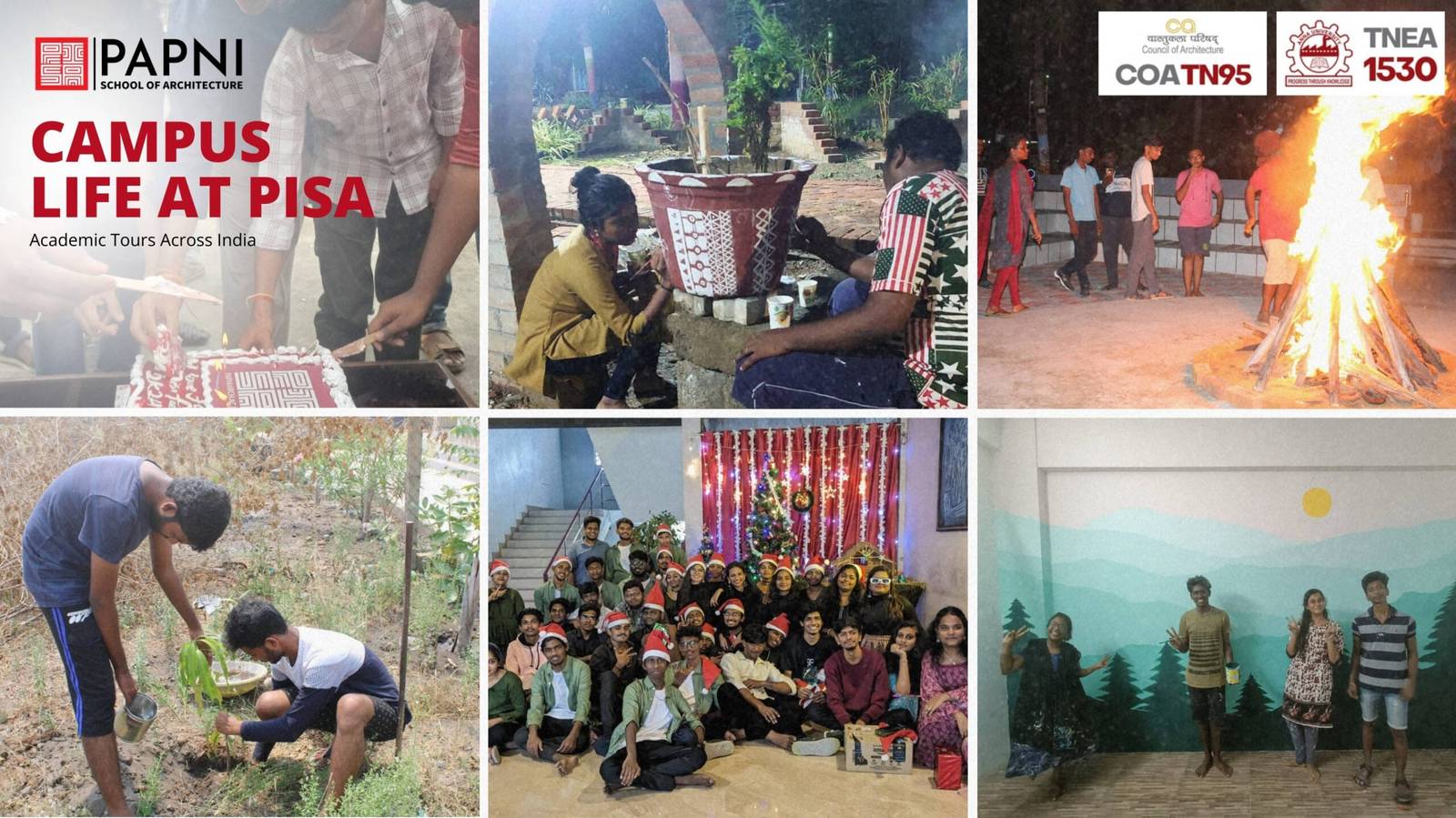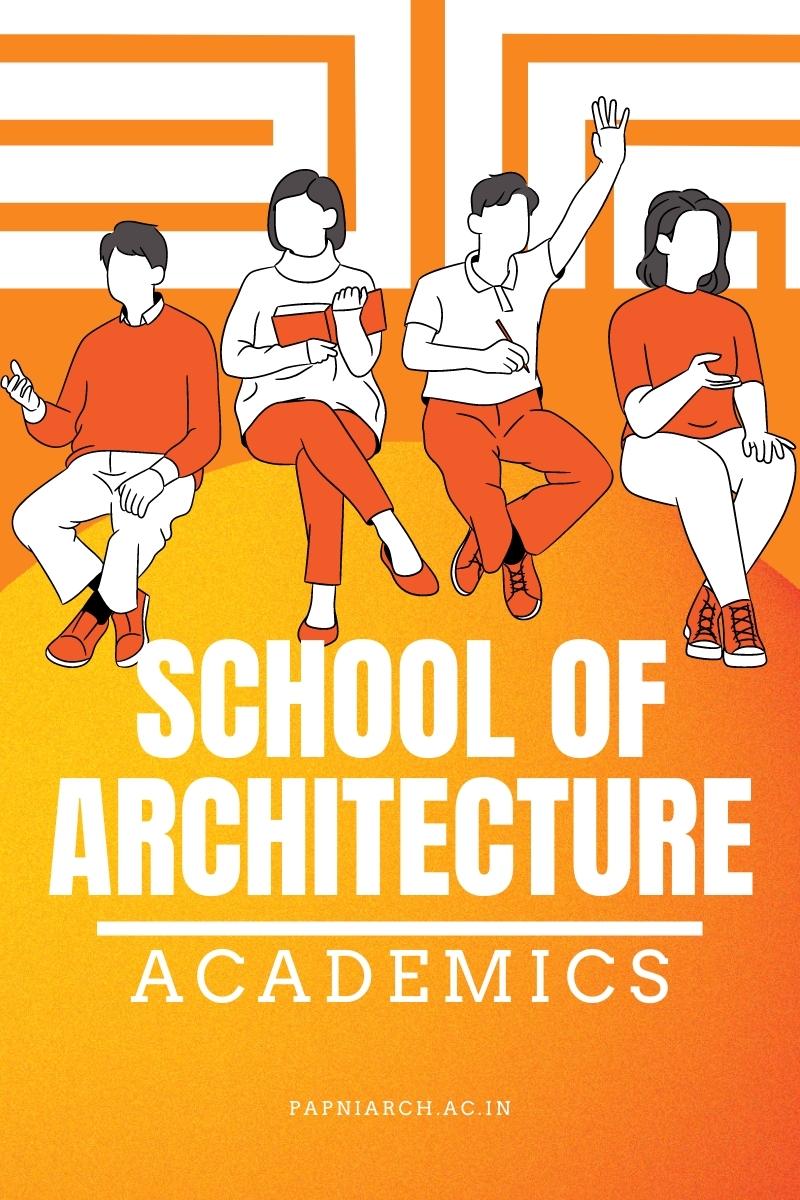Papni School of Architecture is the best standalone architecture college in Tamil Nadu because it offers its students a well-rounded education that prepares them for success in their chosen field. The school has a strong focus on both theoretical and practical training, giving students the skills they need to succeed in the competitive world of architecture.
There are many reasons why Papni School of Architecture is the best standalone architecture college in Tamil Nadu. Here are just a few:
1. We have an excellent faculty who are passionate about teaching and their students succeed.
2. Our curriculum is designed to give our students the skills they need to be successful in their chosen field.
3. We offer a wide range of extracurricular activities, so our students can get involved in something they’re passionate about outside of class as well.
4. We have a beautiful campus that provides our students with everything they need to succeed academically and personally.

Prof .S.Rajappa
B.Arch, M.E (Urban) ,F.I.I.A, F.I.V
Chairman Message
Welcome to Papni School of Architecture !
We would like to welcome all the aspiring Architects to PISA: Papni School Of Architecture. We assure all that, PISA would be the perfect place to learn and fulfil your ambitions, as PISA would be remembered for its distinct teaching pedagogy.
Best Architecture College in Tamil Nadu
NATA 2025: Complete Guide, Exam Dates, Syllabus, Eligibility & More
Are you dreaming of a career in [...]
- Provides a comprehensive education in principles and practice of architecture
- More in-depth exploration of design, construction, history, theory, and technology
- Prepares graduates for professional registration and practice in architecture
- Offers combination of theoretical knowledge and hands-on experience
- May allow for more career opportunities and higher pay
- Can offer more flexibility for graduate studies in related fields
- Builds a solid grounding in topics like architectural history and urban design
- Accredited degree often required to sit for state licensing exams
B. Arch, or Bachelor of Architecture, is an undergraduate degree program in the field of architecture. It prepares students for a career as a professional architect by providing them with knowledge and skills in design, construction, and building science. This degree is highly sought after due to the increasing demand for sustainable and innovative design solutions in the modern world.
To gain admission into a B.Arch program, students are typically required to take an entrance exam such as the National Aptitude Test in Architecture (NATA) or the Joint Entrance Examination for Architecture (JEE Arch). These exams test a student’s aptitude in areas such as mathematics, drawing, and general knowledge. They are designed to assess a student’s readiness for the rigorous coursework and hands-on learning that is required in an architecture program.
No, admission to B.Arch programs in India requires a valid score in NATA or JEE Main.
- Indian Institute of Technology (IIT) Roorkee
- National Institute of Technology (NIT) Calicut
- Indian Institute of Technology (IIT) Kharagpur
- School of Planning and Architecture (SPA), Delhi
- Chandigarh University (CU), Chandigarh
- Papni School of Architecture (PISA), Tamil Nadu
- JEE Main B.Arch admissions are based on the performance in the entrance exam.
- Eligibility typically includes completing 10+2 with a minimum percentage, often 50% for general candidates.
- JEE Main Paper 2 is specifically for B.Arch admissions and includes Mathematics, Aptitude, and Drawing sections.
- The final admission is through JoSAA counseling based on JEE Main (Paper 2) scores.
- Some institutions may also accept scores from other entrance exams like NATA (National Aptitude Test in Architecture).
- Eligibility Criteria
- Complete 10+2 or equivalent with Mathematics as a subject.
- Some colleges also accept 10+3 Diploma holders with Mathematics.
- The candidate should meet the minimum percentage criteria, which varies across institutions.
- Entrance Exams
- National Level Entrance Exams
- NATA (National Aptitude Test in Architecture)
- JEE Main (Paper 2) for B.Arch.
- State Level Entrance Exams
- Many states in India conduct their own entrance exams for architecture admissions.
- University Level Entrance Exams
- Some universities may have their own entrance exams and criteria.
- National Level Entrance Exams
- Application Process
- Register and appear for the respective entrance exams.
- Fill out the applications for the colleges or universities you are interested in.
- Counselling and Admission
- After the entrance exam results are declared, the counselling process begins.
- Participate in the counselling sessions, which may include document verification and seat allocation.
- Some colleges may conduct personal interviews or portfolio reviews.
- Merit-based Admission
- Some private colleges may also offer seats based on the merit of the qualifying examination.
- Architecture Aptitude Test (AAT)
- For admissions to architecture programs at the Indian Institutes of Technology (IITs), candidates must qualify for the JEE Advanced and subsequently clear the AAT.
- Documentation
- At the time of counselling, candidates must produce educational certificates, entrance exam scorecards, identity proofs, etc.
- Enrollment
- Upon successful allocation of a seat and verification of documents, candidates must enroll in the college and pay the requisite fees to confirm their admission.
The syllabus for B.Arch entrance examinations like NATA and JEE Main Paper 2 typically includes topics related to drawing and observation skills, sense of proportion, aesthetic sensitivity, and critical thinking ability that are related to architecture. For detailed syllabus, candidates should refer to the respective exam’s official website.
- Average fee range: INR 2,00,000 to INR 8,00,000 per annum.
- Government college fees: INR 1,00,000 to INR 2,50,000 approximately.
- Private college fees: INR 1,00,000 to INR 6,00,000 approximately.
- Hostel fees range: INR 7,000 to INR 1,60,000 approximately.
There are a variety of scholarship opportunities available for B. Arch students in India. Many universities and private organizations offer scholarships based on academic merit, financial need, or other criteria. It is important for students to research and apply for these opportunities to help ease the financial burden of pursuing their education. Additionally, some government schemes such as the National Scholarship Scheme and state-specific scholarships are also available for B.Arch students in India.
For more details on scholarship details by Papni school of Architeture – Apply now
The eligibility criteria as stated specify that candidates must be of Indian origin. International students should refer to specific university guidelines as the eligibility may vary for international admissions.
Yes, candidates must have qualified the National Aptitude Test in Architecture (NATA) or JEE Main Paper 2 with a valid score for B.Arch admissions.
Yes, a valid score in either NATA or JEE Main Paper 2 is acceptable for B.Arch admissions.
Yes, there is usually a centralized counseling process for allocation of seats in various colleges based on the scores of the entrance exams.
The B.Arch curriculum typically includes subjects related to architectural design, theory, history, technology, and practice. The exact subjects can vary by institution.
Career Prospects After B.Arch
- Urban Planner
- Landscape Architect
- Restoration Architect
- Interior Designer
- Artist
- Research Architect
- Building Surveyor
- Construction Manager
- Estates Manager
- Estimator
- Historic Buildings Inspector/Conservation Officer
- Architectural Engineer
- Architectural Historian/Journalist
- Art Director
- Building Contractor
- Lighting Designer
- Project Manager
- Teacher/Professor
- Entrepreneur
- Real Estate Development
- Government and Private Sector Architect


















